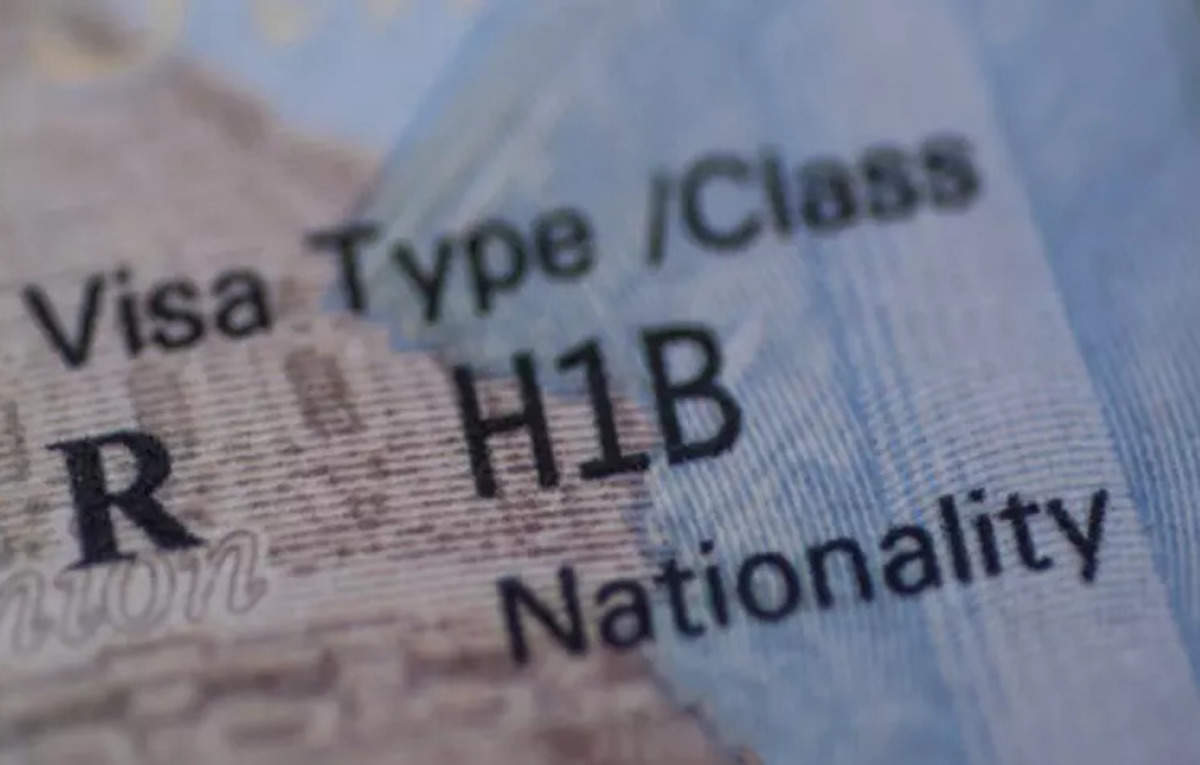The US Citizenship and Immigration Services (USCIS) has declared a final rule, indicating an increase in premium processing fees for certain visa categories, including H-1B applications.
Immigration attorneys suggest that sponsoring employers should factor the new premium processing fees into their immigration budget planning for the coming year. The usual process involves E-registrations for H-1B applications starting in March, followed by the lottery, and then the final visa application for the selected beneficiaries.
“DHS will use the revenue generated by the premium processing fee increase to provide premium processing services; make improvements to adjudications processes; respond to adjudication demands, including reducing benefit request processing backlogs; and otherwise fund USCIS adjudication and naturalization services,” the USCIS said in a statement.
What is the new fee and when will it come into effect?
The premium processing fees for Form I-129, used for non-immigrant worker applications like H-1B or L1 visas, will be hiked by 12 per cent to USD 2,805. This fee adjustment will be implemented from February 26, 2024.
The fees for premium processing of Form I-539, used by international students, as well as spouses and dependents of H-1B visa holders seeking to extend or change their non-immigrant status, have been raised to USD 1,965 from the previous USD 1,750. Additionally, the fee for Form I-765, used to apply for employment authorization, including F-1 students applying for optional practical training (OPT), has increased to USD 1,685 from USD 1,500.
The full table of adjusted fees is:
| Form | Previous Fee | New Fee |
|---|---|---|
| Form I-129, Petition for a Nonimmigrant Worker | USD 1,500 (H-2B or R-1 nonimmigrant status)
USD 2,500 (All other available Form I-129 classifications (E-1, E-2, E-3, H-1B, H-3, L-1A, L-1B, LZ, O-1, O-2, P-1, P-1S, P-2, P-2S, P-3, P-3S, Q-1, TN-1, and TN-2)) |
USD 1,685 (H-2B or R-1 nonimmigrant status)
USD 2,805 (All other available Form I-129 classifications (E-1, E-2, E-3, H-1B, H-3, L-1A, L-1B, LZ, O-1, O-2, P-1, P-1S, P-2, P-2S, P-3, P-3S, Q-1, TN-1, and TN-2)) |
| Form I-140, Immigrant Petition for Alien Worker | USD 2,500 (Employment-based (EB) classifications E11, E12, E21 (non-NIW), E31, E32, EW3, E13 and E21 (NIW)) | USD 2,805 (Employment-based (EB) classifications E11, E12, E21 (non-NIW), E31, E32, EW3, E13 and E21 (NIW)) |
| Form I-539, Application to Extend/Change Nonimmigrant Status | USD 1,750 (Form I-539 classifications F-1, F-2, M-1, M-2, J-1, J-2, E-1, E-2, E-3, L-2, H-4, O-3, P-4, and R-2) | USD 1,965 (Form I-539 classifications F-1, F-2, M-1, M-2, J-1, J-2, E-1, E-2, E-3, L-2, H-4, O-3, P-4, and R-2) |
| Form I-765, Application for Employment Authorization | USD 1,500 (Certain F-1 students with categories C03A, C03B, C03C) | USD 1,685 (Certain F-1 students with categories C03A, C03B, C03C) |
What is premium processing?
If a visa application is applied for via premium processing, the case is adjudicated within the shorter timeline as prescribed. For instance, for Form I-539 and Form I-765 it is 30 calendar days. H-1B premium processing is undertaken in 15 calendar days.
The premium processing fees stand increased to reflect the amount of inflation from June 2021 through June 2023. USCIS says that it plans to increase premium processing fees biennially in the future. It is not currently planning to change the timeframes for cases requesting premium service.



